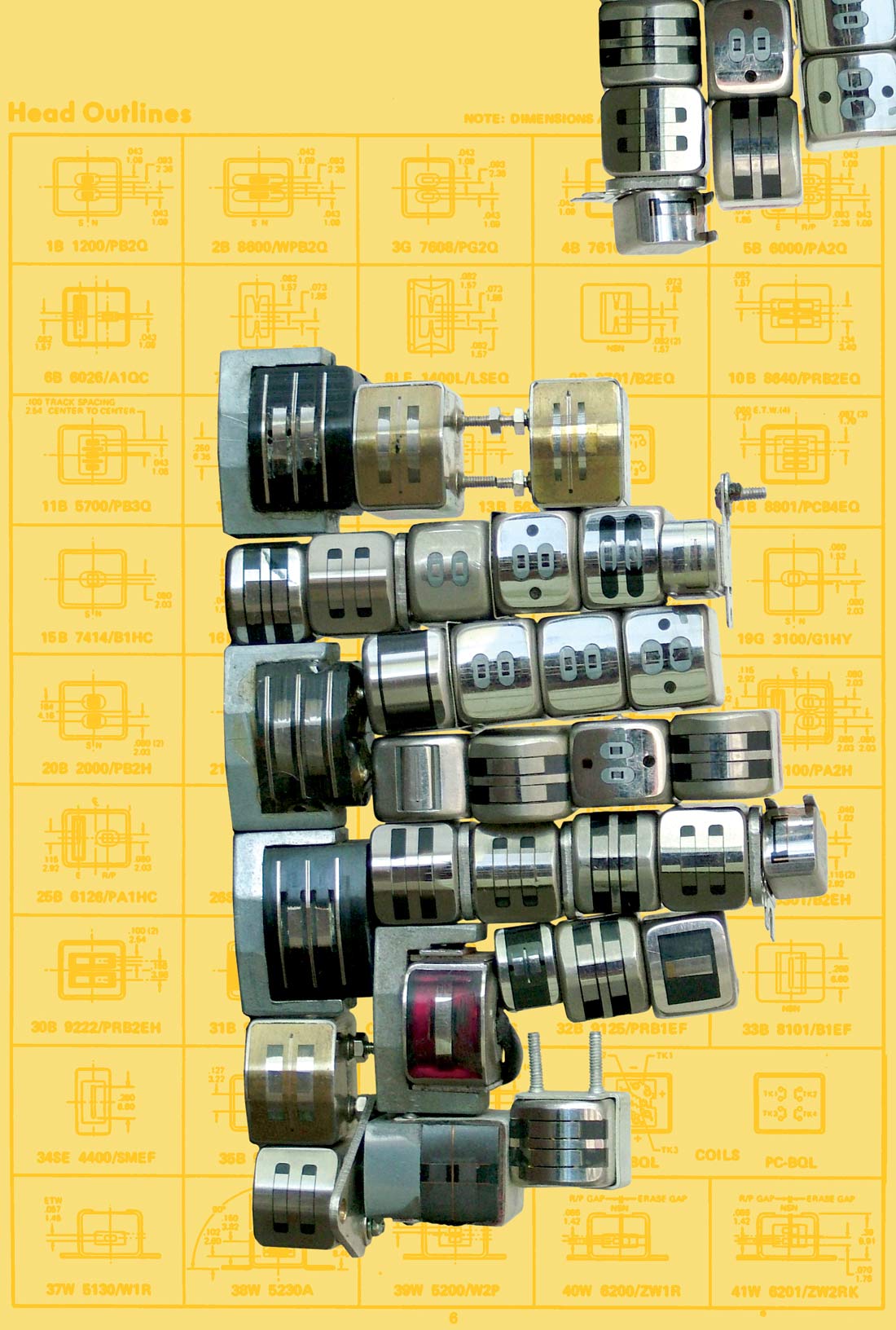Last winter, I got my hands on a Savage Macht 12x
guitar amplifier and haven't tracked guitars without it since. For technical details and configuration options, visit the website. I'm going to focus on what it's like to record with this little 12 Watt, 6V6-driven, 1x12, tube combo.
From the start, there isn't much to twiddle (just volume, tone, a tremolo circuit), but as soon as I toyed with it, I was immediately struck by the vast tonal palate. At lower volume settings, it's very snappy, bright, and clean like a Fender, and as you crank it, the top-end glass fades away while the bottom tightens up, and it gradually becomes a Marshall (most like the revered 18 Watters). Go a little further, and you're into the region of total harmonic saturation that sweetly sweeps into feedback. I can't stress enough how the amp changes its character as you move between these different tonal ranges; it really sounds like a different amp as you turn that knob. The other thing that makes this amp so versatile is its transparency. Two Les Pauls sounded more different through the Macht 12x than through other amps I tried. Telecasters revealed characteristics I didn't know were there previously. Even pedals sounded more distinctive through the Macht 12x. (I couldn't believe the complex sound of a Phase 90 through it.) Of course, this transparency applies to players, too. The amp just puts out a lot different sounds, adding tons of different characteristics of its own while somehow managing not to get in the way of the individuality of the players and instruments.
This may all sound like the tired jargon of boutique-geeks and tone-freaks, but it can be translated into the practical language of a recordist, too. On a recent set of sessions, the tonal variation and transparency of the Macht 12x saved tons of time and allowed a stretch of sessions to run uninterrupted by time-consuming tone shaping. I was tracking an album with Lara Ewen, whose guitarist, Howard Rappaport, plays gnarly clean Tele leads, bleeding Neil Young chords in various shades of brown, vast lap-steel landscapes, bluesy slide riffs, and a whole lot more. He uses a volume pedal as an integral part of his technique, and expects an amp to respond musically to his ever-changing input volume. Just before our sessions, his '65 Deluxe shit the bed (ah, vintage gear). When he called to ask if I had anything he could use, I felt more than confident saying yes. For days, the Macht 12x sat there with a Beyer M 160 on the edge of the speaker and an SM57 dead center, transforming its sound every time Howard threw something new at it. There were other amps in the house, but we never bothered. Instead, we worked steadily without frustration and could focus on the performances. By blending the two mics, I have enough control over the highs and lows that I haven't used EQ on guitar while mixing this record, and the range of tones we got belies the fact that we only used this simple little amp with the same mics and no EQ. So far, the Macht 12x has only made recording easier and more fun. In the most practical sense, it's making my sessions more efficient.
For situations where lower volume is needed, the Macht 12x has an onboard attenuator. The switch is labeled Stage for full power and Studio for attenuated power (though some may argue that those labels should be reversed). This is one of the most interesting-sounding attenuators I've used; the tone actually gets fatter when attenuated, and the characteristics of the amp change considerably. It's somewhat like having another amp to play with. However, with a little mic technique and some twiddling with the volume and tone controls, I've been able to replicate the sound of the amp at full power. The lower volume has been very welcome in my home studio, though at full power it can contend with a hard-hitting drummer, no problem. This would be a great amp for someone playing clubs and recording at home.
The tremolo circuit can generate helicopter effects, but it's got the musicality and fullness of a Class A tube circuit and introduces no volume loss. Somehow, Savage has managed to get the tremolo to switch in/out with no clicks and with a cool fading effect. When switching it in, you can hear it speed up, and when you switch it out, it slows down until out. This probably takes all of two seconds, but to my ears, it's far better than the sudden insertion of a tremolo circuit. Turn that thing on for the final chord of a song, and you get a ready-made crossfade into a new bit of color.
My only reservation with the amp is that I often seem to have the tone control up all the way, so I sometimes wonder if there's enough high-end for all applications, but so far, this hasn't been a problem. Also, expect to leave the ultra-saturated, mid-scooped metal tones to the Bogners and Boogies. Aside from that, I'm totally confident offering this amp to guitar players of all kinds.
For a hand-made boutique amp, the Savage is priced very competitively and costs nearly a grand less than many of its rivals, including its older siblings in the Savage lineup. In light of the rising prices of new amps from major brands and the steep cost of vintage stuff, the Macht 12x isn't looking so boutique after all... but you still get to choose a cool custom tolex color. There's also a baby brother, the Macht 6, which has the same layout and cabinet configuration but with a single 6V6 and six loud Watts of output. ($1399 MSRP & street; www.savageaudio.com)
Tape Op is a bi-monthly magazine devoted to the art of record making.




_disp_horizontal_bw.jpg)